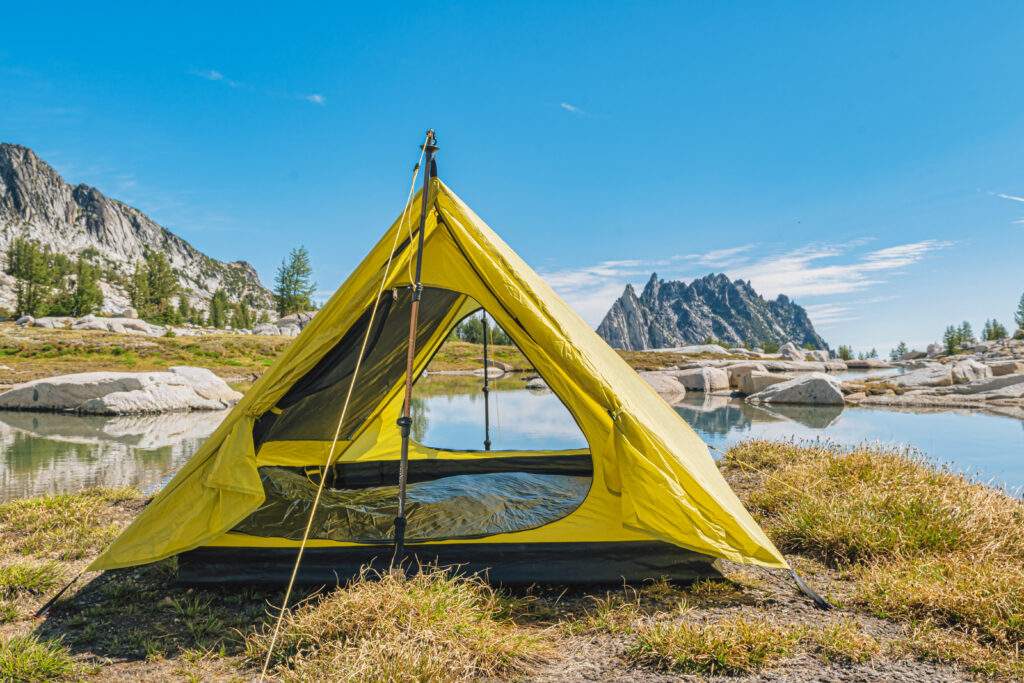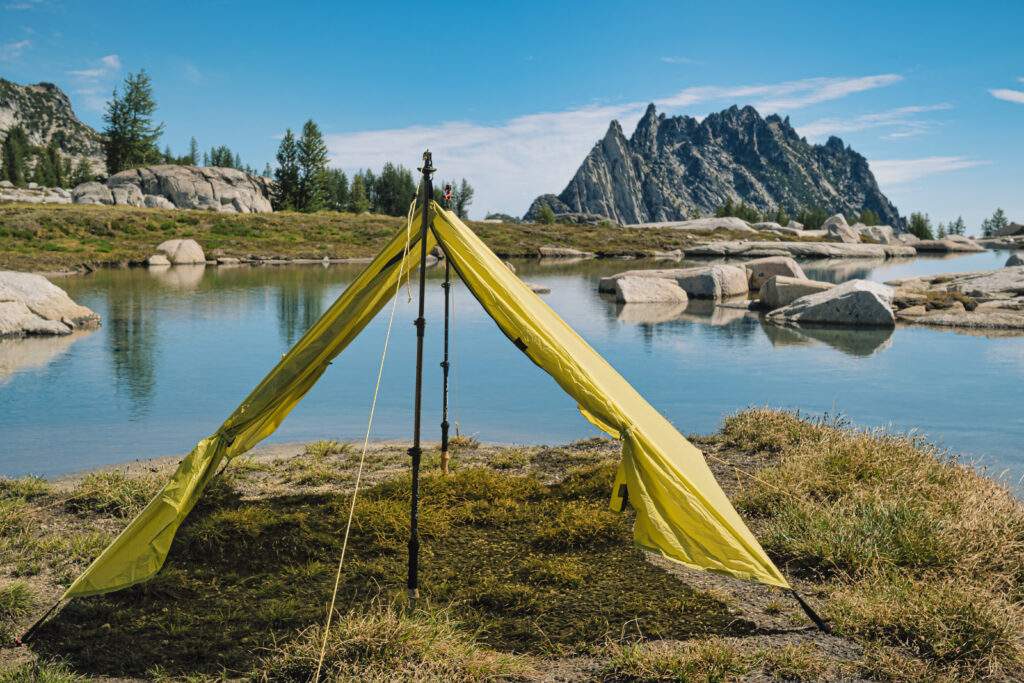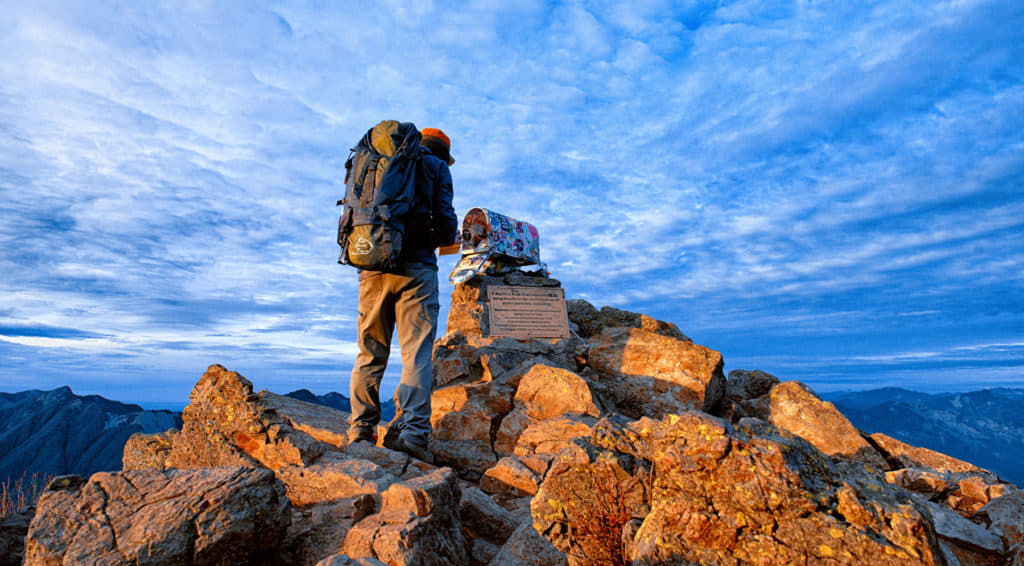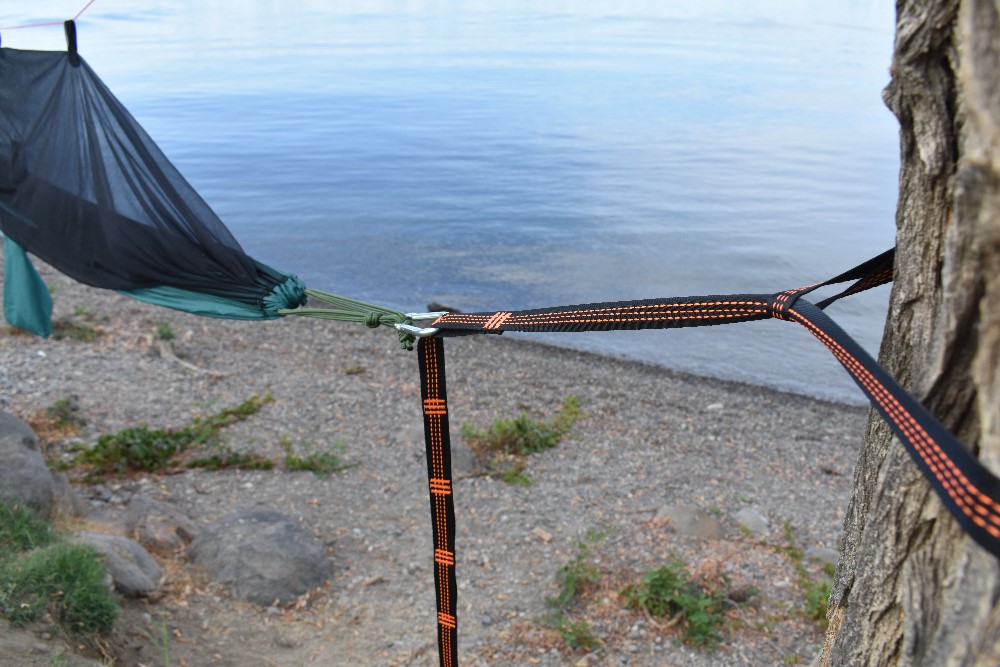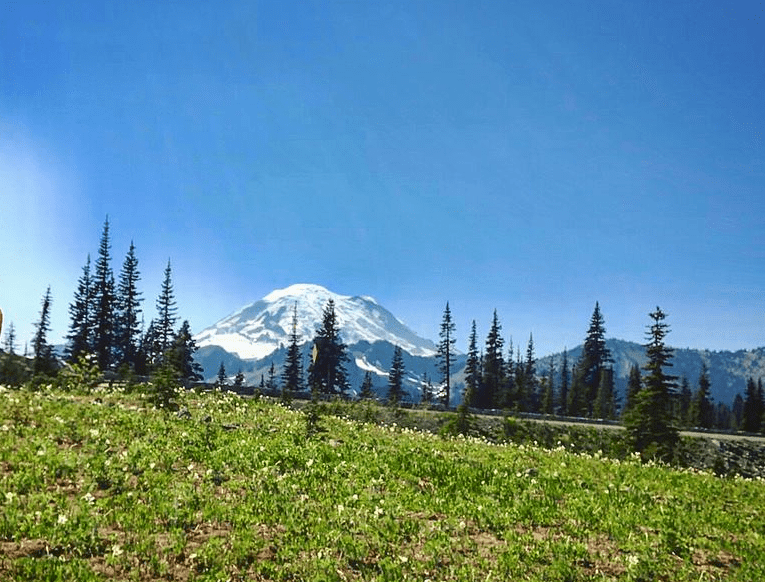
Hiking the highest point in your state is not for everyone. In fact, some people say that it takes the fun out of hiking. To be fair, hiking the highest points in certain states is not the easiest of tasks, especially if you live in Alaska. But, the fact that it can take some planning and can even take a little bit of the fun out of hiking doesn’t mean it shouldn’t be done.
Granted, for those of us that live in the West, that can be pretty tough. Here at River Country Products, the highest point in Washington is Mt. Rainier. At 14,411 feet, it is one of the most famous mountains in the United States. Sure, there are a lot of Colorado peaks that rival Mt. Rainier in total elevation, but none of them are close to it in prominence.
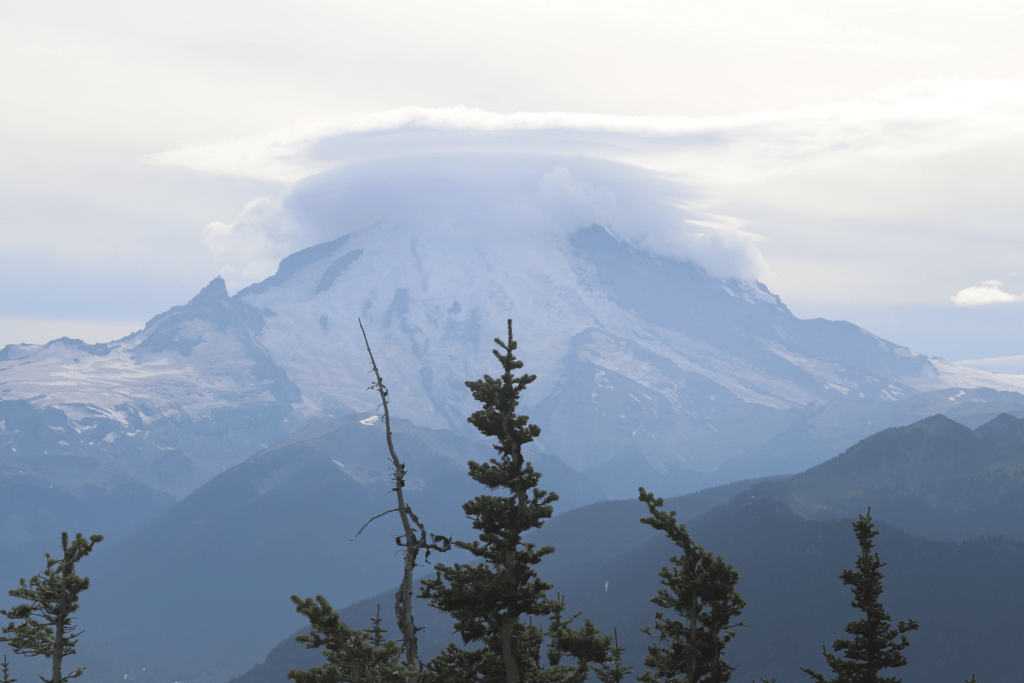
If you’re thinking of hiking the highest point in your state, and you live in the West, here are some tips for making the most out of your climb.
Fitness
First, take your physical fitness seriously. Climbing giant volcanoes and other similar large peaks requires a high level of physical fitness. You should exercise regularly prior to the ascent, including cardio, strength training, and endurance activities. You may also want to consider working with a personal trainer who can develop a program tailored to your specific needs.
Acclimatization
Second, be aware that altitude sickness can be a serious concern when climbing any peak over 8,000 feet, so it is important to allow sufficient time for acclimatization. Consider spending several days at altitude during the weeks and days before attempting to summit and be prepared to adjust your itinerary based on your body’s response to altitude.
Gear
Third, proper gear is essential for a successful climb of major peak. This includes appropriate clothing for the cold and potentially wet conditions. It also may include a high-quality backpack, boots with crampons, an ice axe, rope, helmet, and other climbing gear. It is important to choose gear that is both comfortable and durable, and to test all gear before the climb.
Skill
Fourth, you should have experience with basic mountaineering skills. This includes roped travel, self-arrest techniques, and ice axe use in snowy conditions. Consider taking a mountaineering course or hiring a guide to teach you these skills and summit with you. (As a side note, around two people per year die on Mt. Rainier, but last time I checked none of them have been part of a licensed, guided group.)
Permitting
Fifth, some of the highest points require a permit, which are usually obtained through the National Park Service. Sometimes this is a lottery process that happens months or even a year in advance of the hike, so check the requirements. You should also be familiar with the regulations and guidelines for climbing the mountain, including rules for waste disposal and camping.
Emergency Preparedness
Sixth, it is important to be prepared for emergencies. This includes carrying a first aid kit, emergency communication devices, GPS devices, and knowing how to respond to common mountaineering injuries and illnesses. Plain in advance: what are you going to do if you or one of your companions suffers a debilitating injury?
Mental Preparation
Finally, summiting a major peak can be physically and mentally demanding. To prepare for this, it is important to set realistic goals, maintain a positive attitude, and be prepared to adjust your plans if necessary. If the weather changes before you summit, think safety first!
This list is not exhaustive, but it is a good place to start. What other tips would you add to the list? Comment below with your tips and let us know if you have summited the highest point in your state along with the name of the peak and the height.


